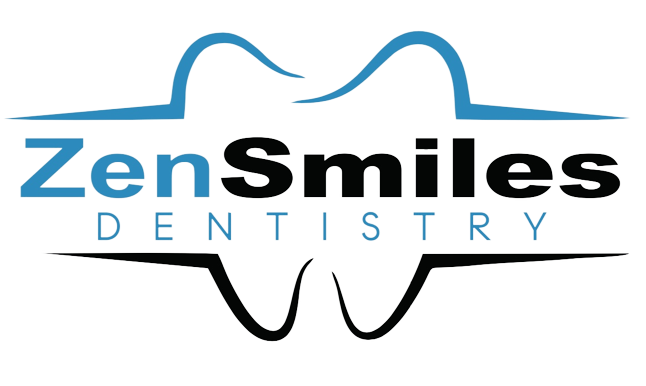Facial Pain caused by TMD
If you have TMD, Temporomandibular Joint Disorder, you may well be experiencing severe facial pain. The jaw joint (temporomandibular joint) is a delicate and complex one where the lower jaw meets the skull and upper jaw. In between the bones of this joint is a disk of cartilage which is a shock absorber. A number of muscles work together to create jaw movement, and these muscles are controlled by the body’s nervous system. Both the muscles and the nerves are part of the overall neuromuscular system.
Misaligned Bite
The jaw joint can move in three different ways: up and down, sideways, and forwards and backwards. The extent of each movement is limited by the ligaments which connect each muscle to the bones. The downward, or closing, movement is stopped by the upper and lower teeth meeting. If these teeth are out of alignment, they can rub against each other, or block proper connection, so that tension builds in the jaw muscles as they try to close the jaw properly. This is a misaligned bite, known as malocclusion.
Inflammation in the Nerves
Several large nerves run through the jaw and temple areas. The trigeminal nerve, running on each side from the spinal cord, has branches which extend through the head, face and jaw (as well as neck and shoulders). When the jaw muscles are tense and tight for long enough, inflammation starts to spread and at some point will affect this nerve. That brings pain in the facial area of the affected nerve branch.
Sore Teeth
If your teeth are out of alignment, so that each time you close your lower jaw they bump or rub against each other, this can make them become more sensitive. It can also wear them down more quickly and sometimes even cause cracks to form. The teeth can feel sore too because of inflammation in the nerves which run through the jaws and branch up into each tooth.
Ringing in the Ears
Tinnitus, or ringing in the ears, can sound like ringing, or like buzzing, whistling, hissing, roaring or swishing like wind or waves. These sounds are not related to any corresponding sound or event in the person’s environment. Tinnitus is a symptom, not a disease in itself, and can have many causes, such as ear infections or injury caused by loud sounds. There are no standard ways of measuring it. Since the ears are so close to the jaw joints, and large nerves run throughout this area, any stress or inflammation in the jaw could easily affect the ears, although exactly how, in every case, is not fully understood yet.
Facial pain can have other causes than TMD, such as trigeminal neuralgia, which often develops as people age, and damage resulting from an accident or trauma. It can sometimes take a long time to rule out other causes, settle on TMD as the cause, and get to the treatment phase. Dr. Aggarwal is ready to help by examining your bite and using his specialized equipment to relax the jaw and relieve the pain.
- TMD Symptoms
- Headaches (migraines)
- Jaw pain, popping sounds and limited movement
- Neck and shoulder pain, and tingling or numbness in the arms and hands
- Depression and fatigue
If you have facial pain that continues, and you’re finding that taking painkillers for it is insufficient, please contact us for an initial consultation. Dr. Aggarwal will be glad to listen to your concerns, and answer questions, and together you can determine what might be the best step to take next.

